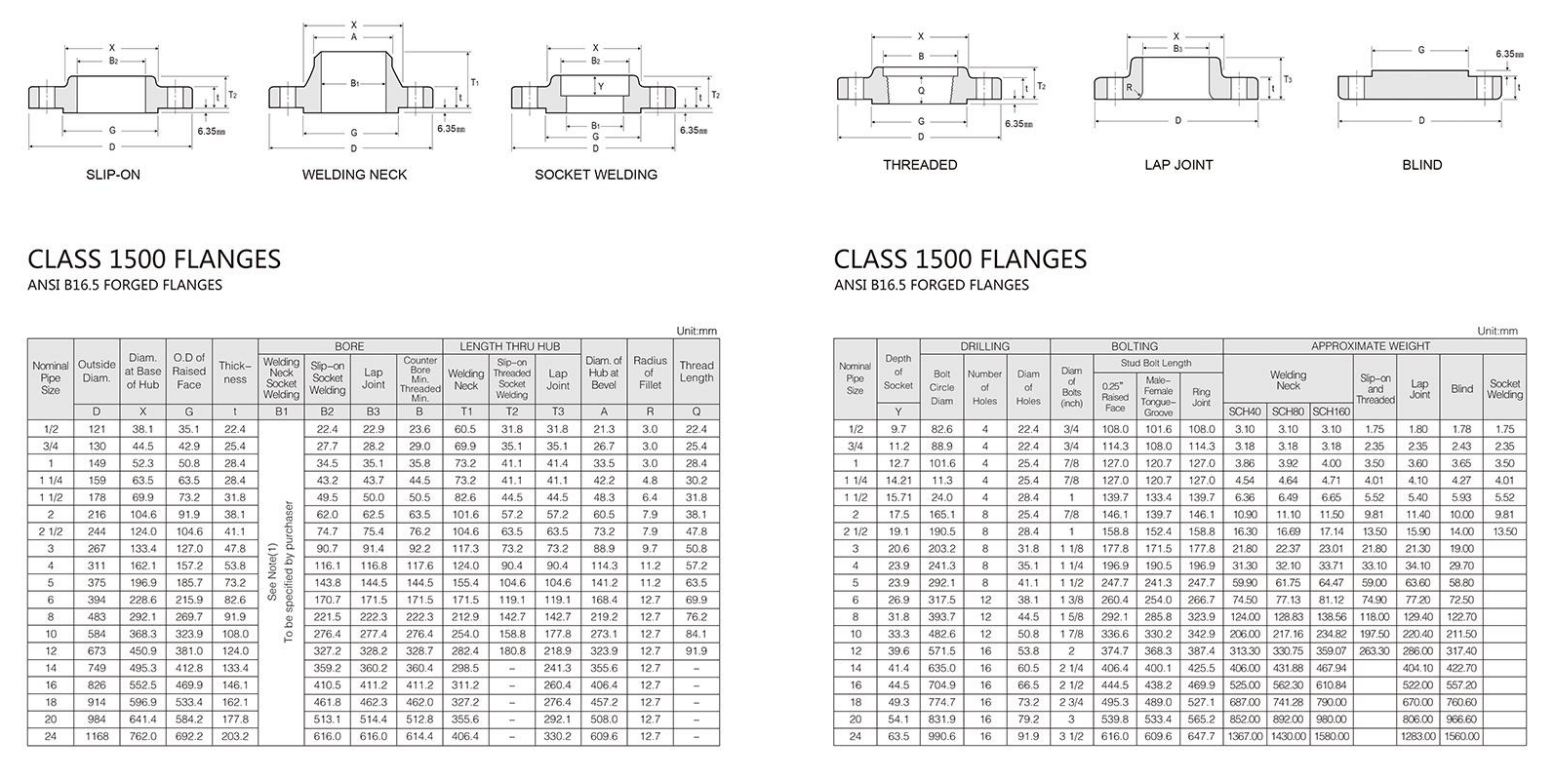-
Cangzhou Yulong Steel Co., Ltd.
-
Phone:
+86 13303177267 -
Email:
admin@ylsteelfittings.com
- English
- Arabic
- Italian
- Spanish
- Portuguese
- German
- kazakh
- Persian
- Greek
- French
- Russian
- Polish
- Thai
- Indonesian
- Vietnamese
- Zulu
- Korean
- Uzbek
- Hindi
- Serbian
- Malay
- Ukrainian
- Gujarati
- Haitian Creole
- hausa
- hawaiian
- Hebrew
- Miao
- Hungarian
- Icelandic
- igbo
- irish
- Japanese
- Javanese
- Kannada
- Khmer
- Rwandese
- Afrikaans
- Albanian
- Amharic
- Armenian
- Azerbaijani
- Basque
- Belarusian
- Bengali
- Bosnian
- Bulgarian
- Catalan
- Cebuano
- China
- China (Taiwan)
- Corsican
- Croatian
- Czech
- Danish
- Esperanto
- Estonian
- Finnish
- Frisian
- Galician
- Georgian
- Kurdish
- Kyrgyz
- Lao
- Latin
- Latvian
- Lithuanian
- Luxembourgish
- Macedonian
- Malgashi
- Malayalam
- Maltese
- Maori
- Marathi
- Mongolian
- Myanmar
- Nepali
- Norwegian
- Norwegian
- Occitan
- Pashto
- Dutch
- Punjabi
- Romanian
- Samoan
- Scottish Gaelic
- Sesotho
- Shona
- Sindhi
- Sinhala
- Slovak
- Slovenian
- Somali
- Sundanese
- Swahili
- Swedish
- Tagalog
- Tajik
- Tamil
- Tatar
- Telugu
- Turkish
- Turkmen
- Urdu
- Uighur
- Welsh
- Bantu
- Yiddish
- Yoruba

Dec . 26, 2024 07:58 Back to list
Designing and Implementing Concentric Reducer Fittings for Efficient Fluid Flow Systems
Understanding Concentric Reducer Fittings in Pipe Systems
Concentric reducer fittings are essential components in piping systems, allowing for a smooth transition between different diameters of pipes. They play a crucial role in various industries, including oil and gas, chemical processing, water treatment, and HVAC systems. Understanding the specifications, applications, and advantages of concentric reducers can help engineers and contractors make informed decisions when designing and implementing piping networks.
What is a Concentric Reducer?
A concentric reducer is a type of pipe fitting that connects two pipes of different diameters, ensuring that the centerlines of both pipes are aligned. This fitting typically has a bell or cone shape, tapering from the larger diameter to the smaller one. This design allows for a gradual change in diameter, which helps to minimize turbulence and pressure drop in the fluid flowing through the pipes.
The concentric reducer is essential in systems where a continuous flow of liquids or gases is required, as sudden changes in diameter may lead to increased flow resistance and potential blockages.
Specifications and Materials
Concentric reducers come in various sizes and materials to suit specific applications. Common materials include carbon steel, stainless steel, and various plastics, each chosen based on the medium being transported (e.g., water, oil, chemicals) and the operating conditions (e.g., temperature and pressure).
These fittings are typically available in different schedules, which indicate the wall thickness of the pipes. A thicker wall provides enhanced durability and pressure resistance, making it suitable for high-pressure applications.
Applications of Concentric Reducers
Concentric reducer fittings are widely used in diverse applications across multiple industries
concentric reducer fitting

2. Chemical Processing In chemical plants, these fittings are used to connect vessels, reactors, and pipelines that vary in size, ensuring a smooth flow of chemicals while minimizing the risk of leaks.
3. Water Treatment In water treatment facilities, concentric reducers help in managing the flow of water at different stages of purification. Their design allows for a consistent flow rate, critical for effective treatment processes.
4. HVAC Systems In heating, ventilation, and air conditioning systems, concentric reducers connect ductwork of varying sizes, ensuring that air flows efficiently throughout the system.
Advantages of Using Concentric Reducers
The use of concentric reducers brings several advantages
- Reduced Turbulence The gradual transition in size reduces turbulence, which can lead to improved flow efficiency and reduced wear on the piping system.
- Cost-Effective By employing concentric reducers, engineers can design more compact systems that require less space and fewer fittings, leading to overall cost savings.
- Versatility Concentric reducers can be used in a variety of applications across numerous industries, making them a versatile option for many engineers and contractors.
- Ease of Installation These fittings are generally straightforward to install using standard welding or threading techniques, which helps to expedite the project timeline.
Conclusion
In conclusion, concentric reducer fittings are vital components in any piping system that requires the transition between different diameters. Their design reduces turbulence, enhances flow efficiency, and provides a reliable connection for various applications. By understanding the specifications, applications, and advantages of concentric reducers, engineering professionals can optimize their designs and improve the performance of their piping systems. As industries continue to evolve, the importance of such fittings in ensuring efficient and safe transportation of fluids cannot be overstated. Whether in oil and gas, chemical processing, or HVAC systems, concentric reducers will continue to play a pivotal role in the infrastructure of modern engineering.
Latest news
-
ANSI 150P SS304 SO FLANGE
NewsFeb.14,2025
-
ASTM A333GR6 STEEL PIPE
NewsJan.20,2025
-
ANSI B16.5 WELDING NECK FLANGE
NewsJan.15,2026
-
ANSI B16.5 SLIP-ON FLANGE
NewsApr.19,2024
-
SABS 1123 FLANGE
NewsJan.15,2025
-
DIN86044 PLATE FLANGE
NewsApr.19,2024
-
DIN2527 BLIND FLANGE
NewsApr.12,2024
-
JIS B2311 Butt-Welding Fittings LR/SR 45°/90° /180°Seamless/Weld
NewsApr.23,2024











